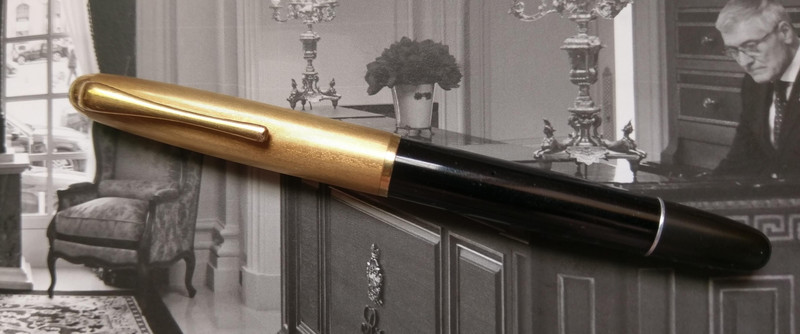A complete detail article on flow meter
734
0
·
2021/03/02
·
2 mins read
☕
WriterShelf™ is a unique multiple pen name blogging and forum platform. Protect relationships and your privacy. Take your writing in new directions. ** Join WriterShelf**
WriterShelf™ is an open writing platform. The views, information and opinions in this article are those of the author.
Article info
Categories:
⟩
⟩
Tags:
Total: 460 words
Like
or Dislike
More from this author
More to explore









Flow meters work by regulating the volume of gas, liquid, steam, or other material that moves in or around their sensors. While they all follow the same purpose, there are several means to do it, so they pick from many flow meter varieties.
This article will help you pick the flow meter to give reliable and repeatable measures for special uses, whether for overall research, method control or regulating.
Flowmeter types
Positive Displacement
Positive displacement flow meters are exclusive as they are the only meter to estimate the exact volume direct. All other kinds gather the flow rate by making different measurement types and relating it to the flow rate. With PD meters, the output signal is straight linked to the volume moving by the meter. Holds bi-rotor types, nutating disc, reciprocating piston, and oscillating or rotary piston.
Mass
The output sign is direct linked to the mass moving in the meter.
Thermal and Coriolis flowmeters fall into this section.
Velocity
The output sign is straight linked to the speed passing by the meter.
What type of flow meter is best?
There are no general flow meters that are fit for all purposes. Choosing the precise technology for your use needs writing a flow term that covers the meter's use. There usually are trade-offs with per meter kind, so grasping the critical terms will be crucial.
Things you must know:
Use your gathered data to reduce the technologies that you do not use (ex. Turbines do not work for thick fluids. Coriolis meters do not react fast much for injection flow, and Positive Displacement meters are not efficient for big pipe diameters like a 12-inch diameter line.). You will then have a ratio of the left technologies.
Conclusion
Specific meters are priced based on their skills. It is better to find the kind of meter that suits your use before dealing with cost savings. Closely assess your acute states, such as low flow meter rates, high force or temperature, or the want to hold over a broad working area. If these requirements are crucial to you, do not use cheaply priced options outside of their abilities.